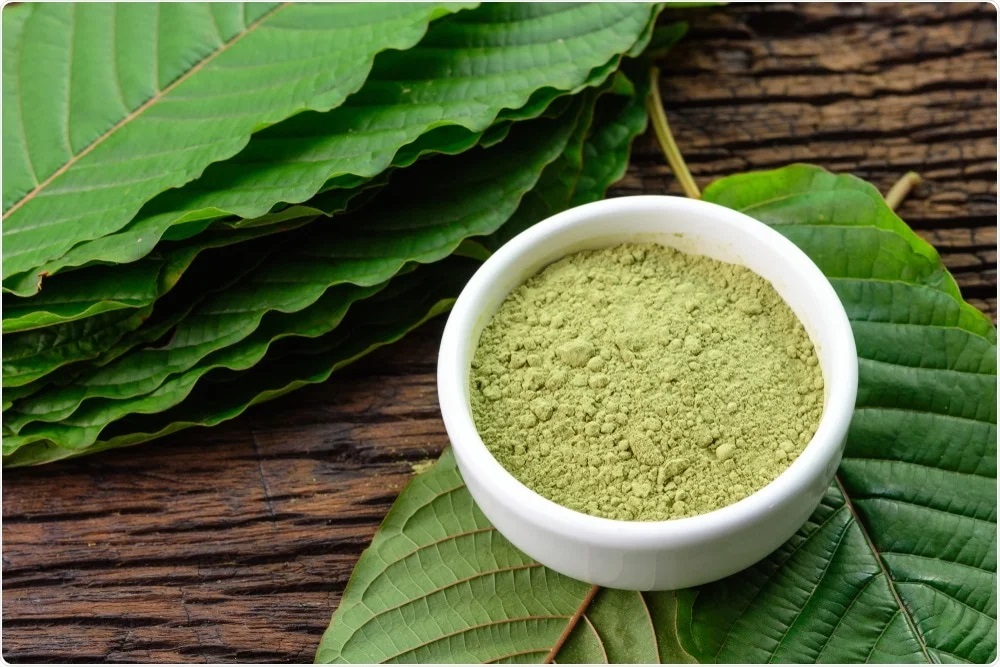There are a few main methods used to extract the active compounds from kratom leaves to produce concentrated extracts and tinctures. The most common include water extraction, alcohol extraction, acetonic extraction, chloroform extraction, and acidic extraction. These techniques require different solvents, processes, skill levels, and equipment.
-
Water extraction
The simplest extraction method for kratom is through hot water extraction. This technique involves adding dried, powdered kratom leaves to water, simmering or steeping it for an extended period, straining the mixture, and allowing the excess water to slowly evaporate. This leaves behind a thick, gummy extract concentrate.
For optimal extraction, the kratom powder is usually blended with citric acid or citrus juice before adding the water. The acidic environment helps separate the alkaloids from the powder. Lemon and lime juice are commonly used. Once mixed, low heat is applied and the powder steeped for several hours to extract the goods. The solution is then strained, and the excess liquid evaporates. While simple, this technique may not remove all of the leaf matter or extract every alkaloid from the leaves. So, the final product still contains some impurities or plant material while having a short shelf life due to limited preservation.
-
Alcohol extraction
Very similar to water extraction, an alcohol tincture extraction uses ethanol alcohol instead of water to separate the alkaloids from the cellulose in the leaves. Vodka, rum, or pure food-grade ethanol are typically used. The leaf powder is soaked in alcohol for several weeks, allowing time for the alkaloids to dissolve into the alcohol solution. The mixture is shaken periodically before filtering out the powder. The alcohol helps extract some of the alkaloids that water cannot. Evaporating the excess alcohol leaves behind an extremely concentrated resinous extract.
-
Acetonic extraction
The more involved method of kratom extraction uses acetone instead of water or alcohol. The leaves are blended to a powder and mixed with acetone for 24 hours. The solution filters and discards the powder while keeping the liquid acetone mixture. After separation, the next step evaporates a portion of the acetone, adding a small amount of hydrochloric acid to convert the alkaloids into salts. Filtering once again collects the alkaloid salts while removing other leaf matter. Adding a base converts the salts back into alkaloids suspended in the remaining acetone mixture, forming a very potent full-spectrum extract.
-
Chloroform extraction
Chloroform, an organic compound, has also been utilized to the top extracts pure mitragynine from kratom leaves after the initial preparation steps. This method allows the isolation of mitragynine, providing researchers and users with a very purified form of one primary alkaloid. It requires extra equipment, chemicals, and technical skills, making it less popular for consumers and producers.
-
Acidic extraction
Acidic extraction follows a procedure of mixing kratom leaf powder with acids like acetic acid or citric acid in water for an extended period. The pH is kept around 4. The acidic environment converts the alkaloids to salts, allowing separation from the leaf material. Once strained, the solution is neutralized by adding a base like sodium carbonate to restore alkaloids from the salts. Extra plant matter sinks while the alkaloids remain suspended. Removing the supernatant, and then evaporating the water leaves an acidic extract. The variety allows you to find what works best for your needs. Just be sure any extract products are lab-tested for purity from a reputable supplier.

